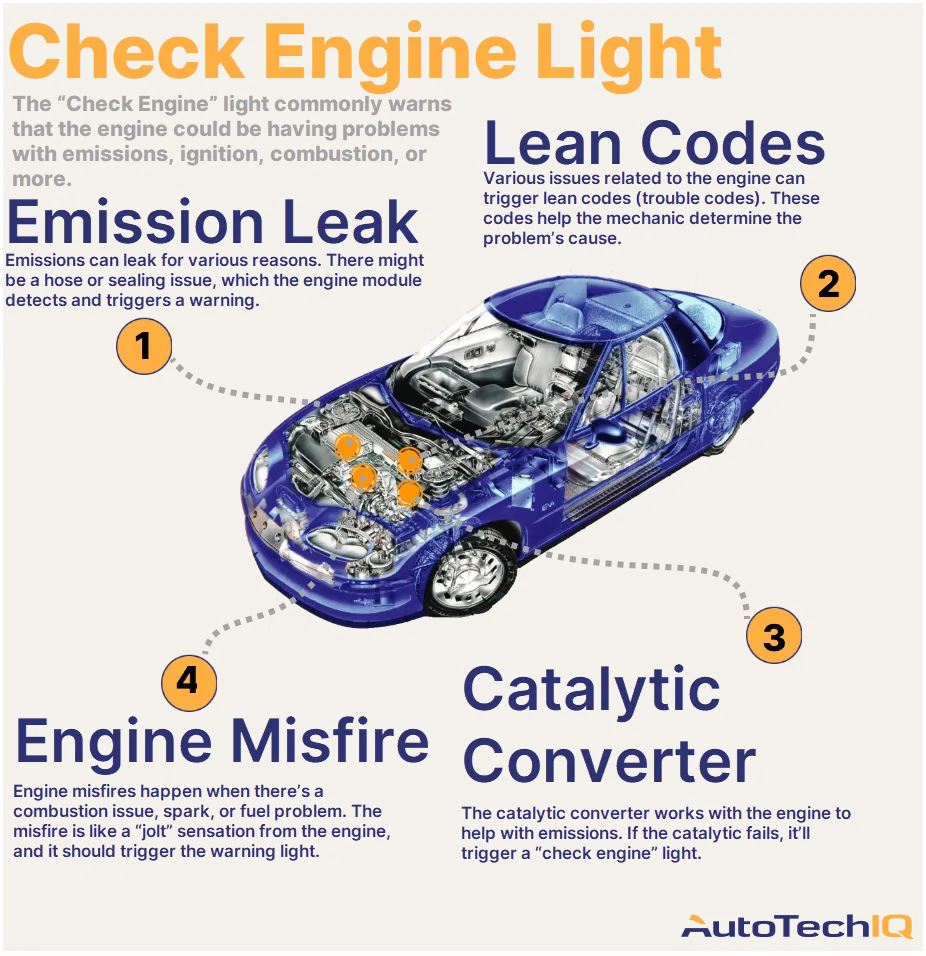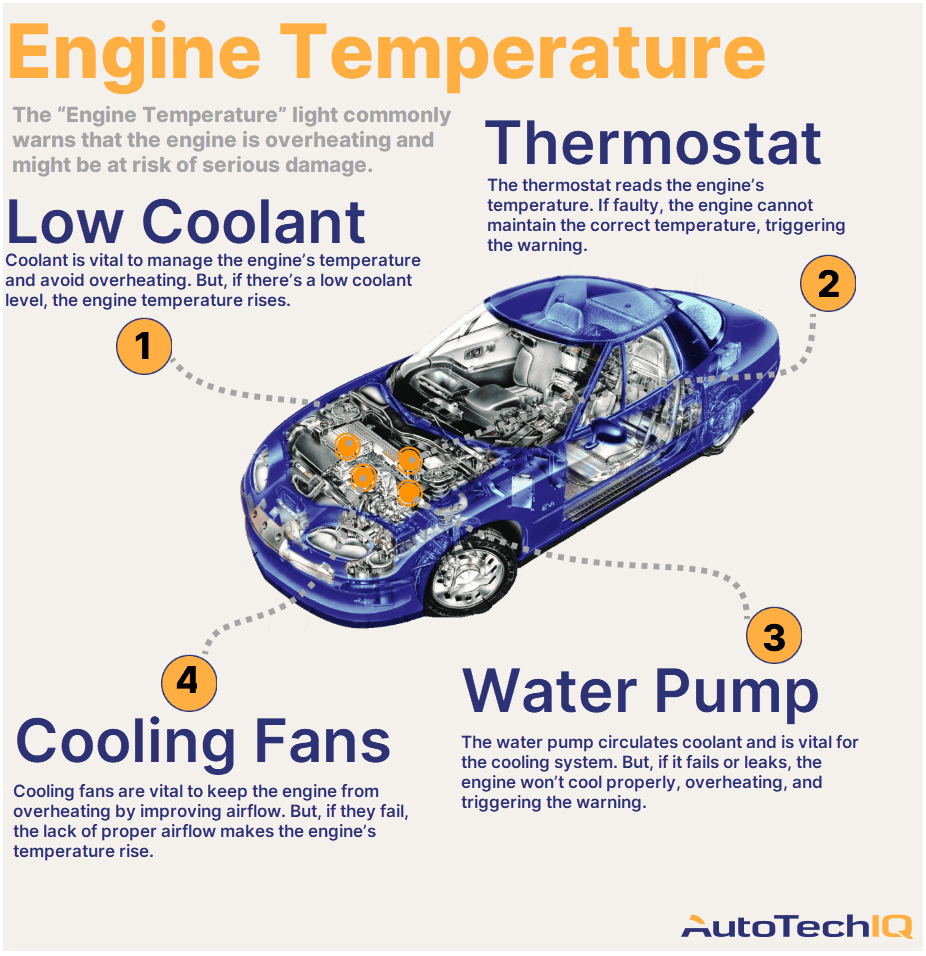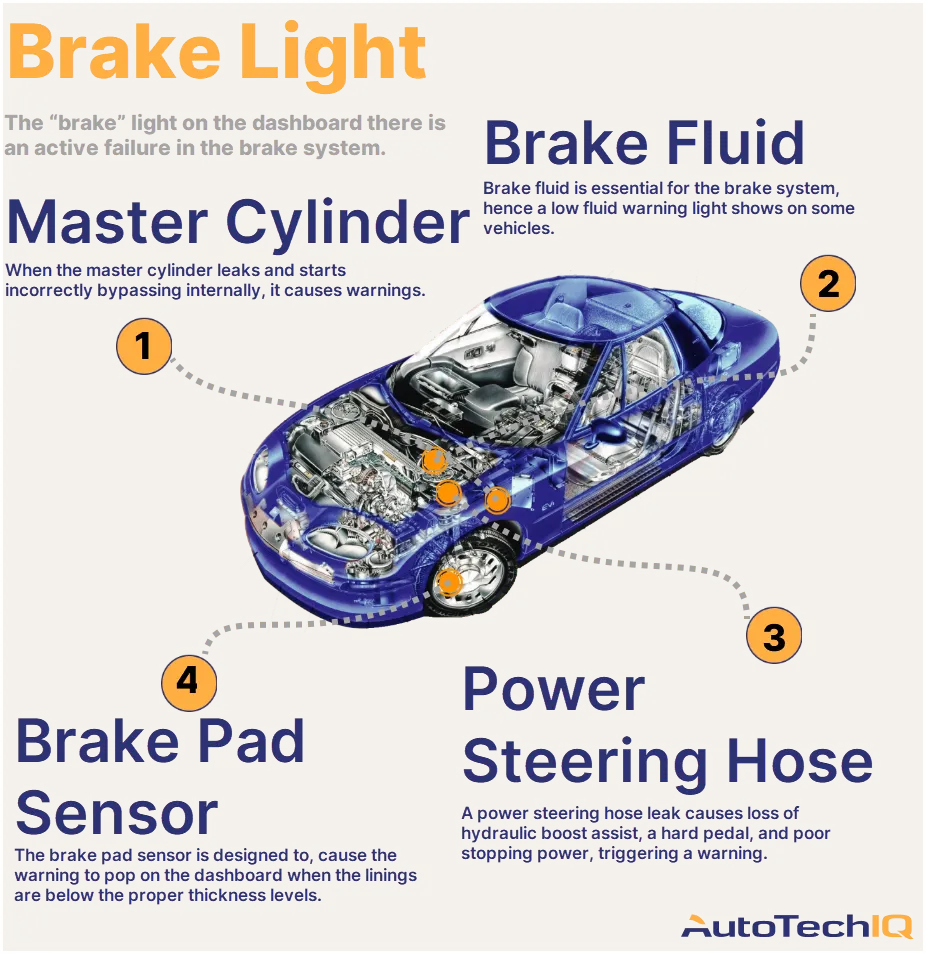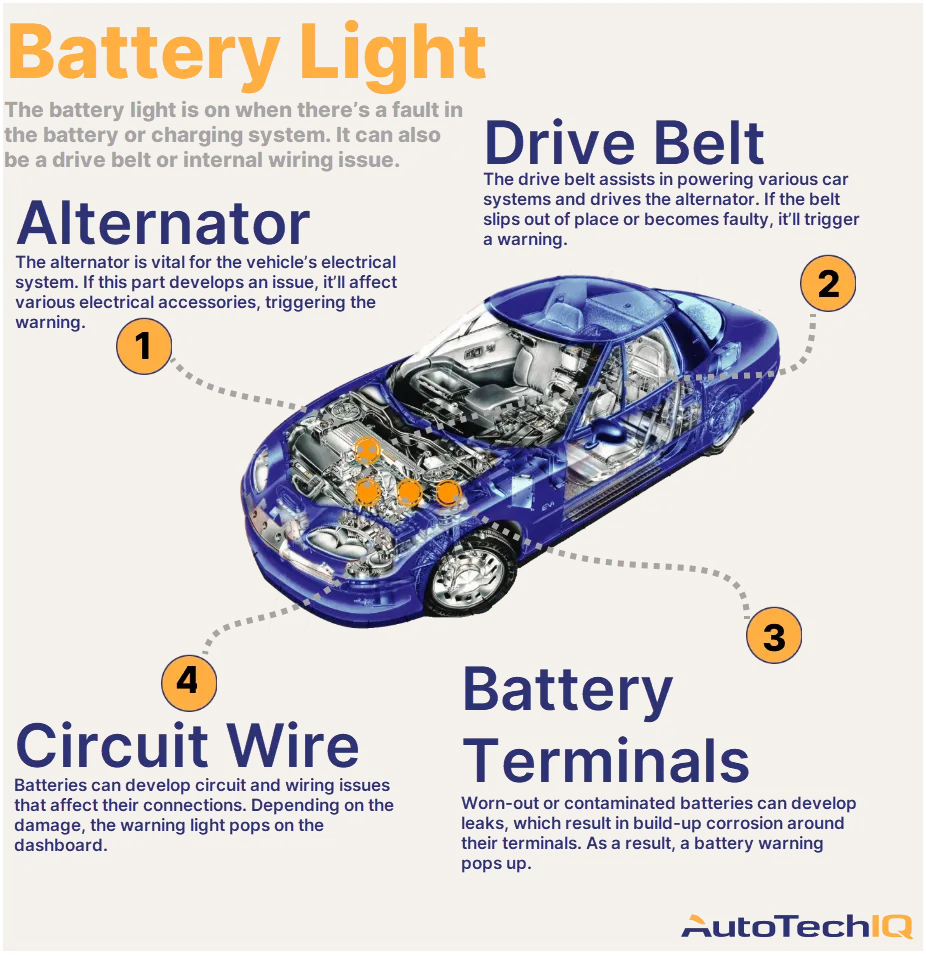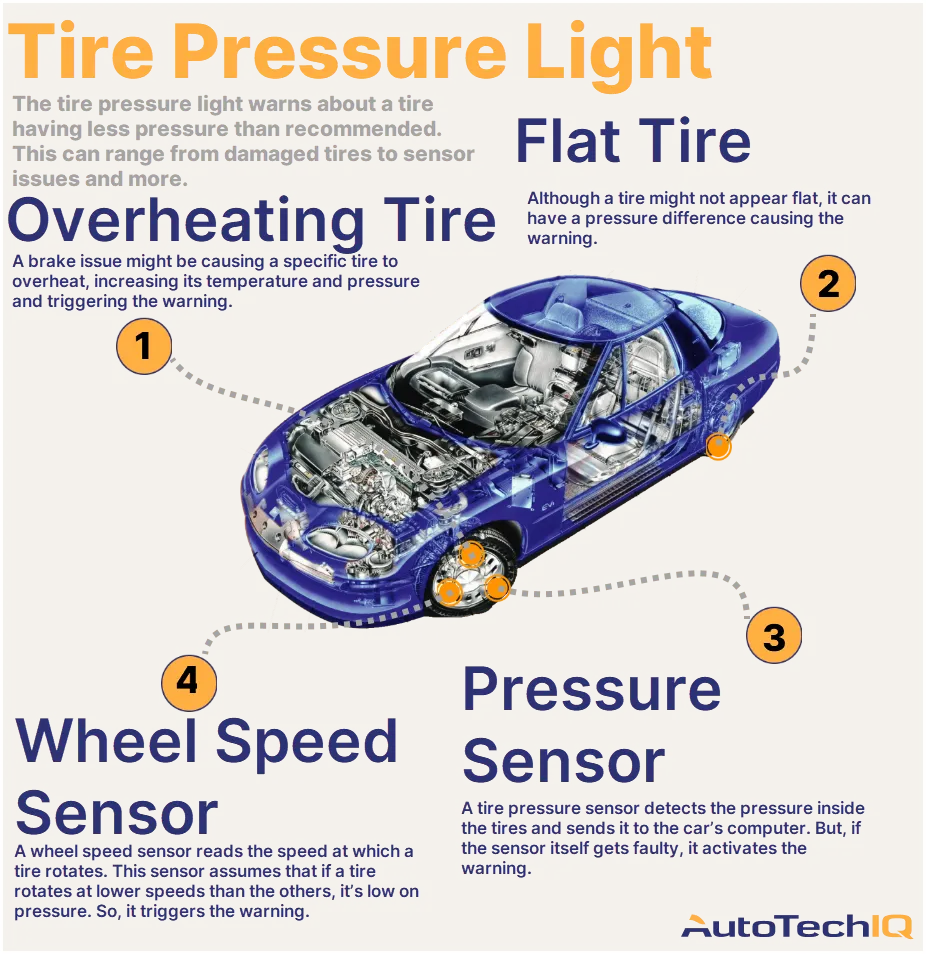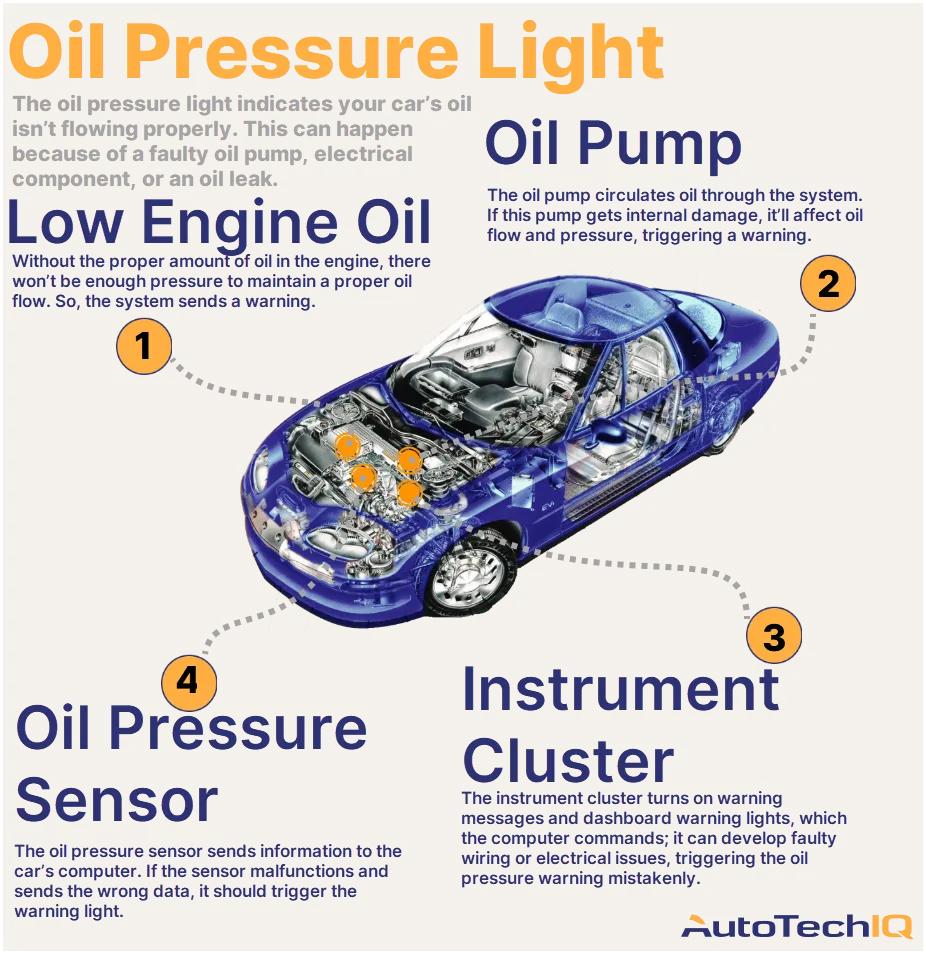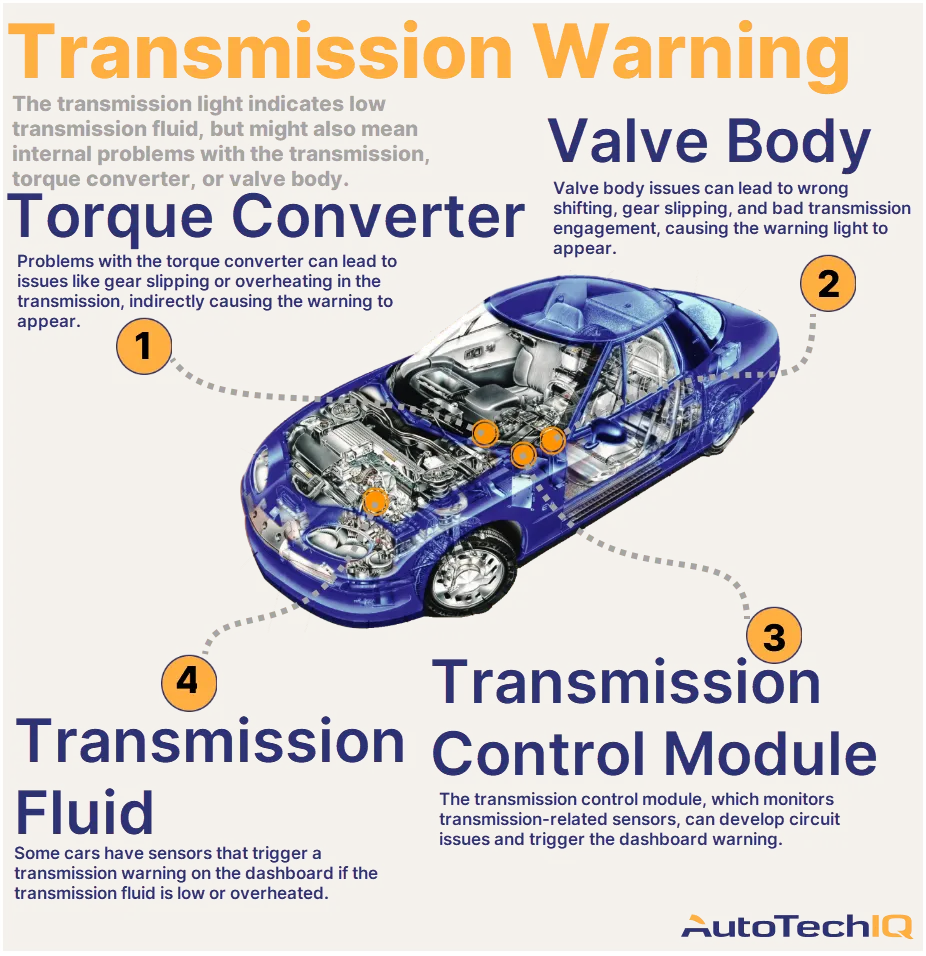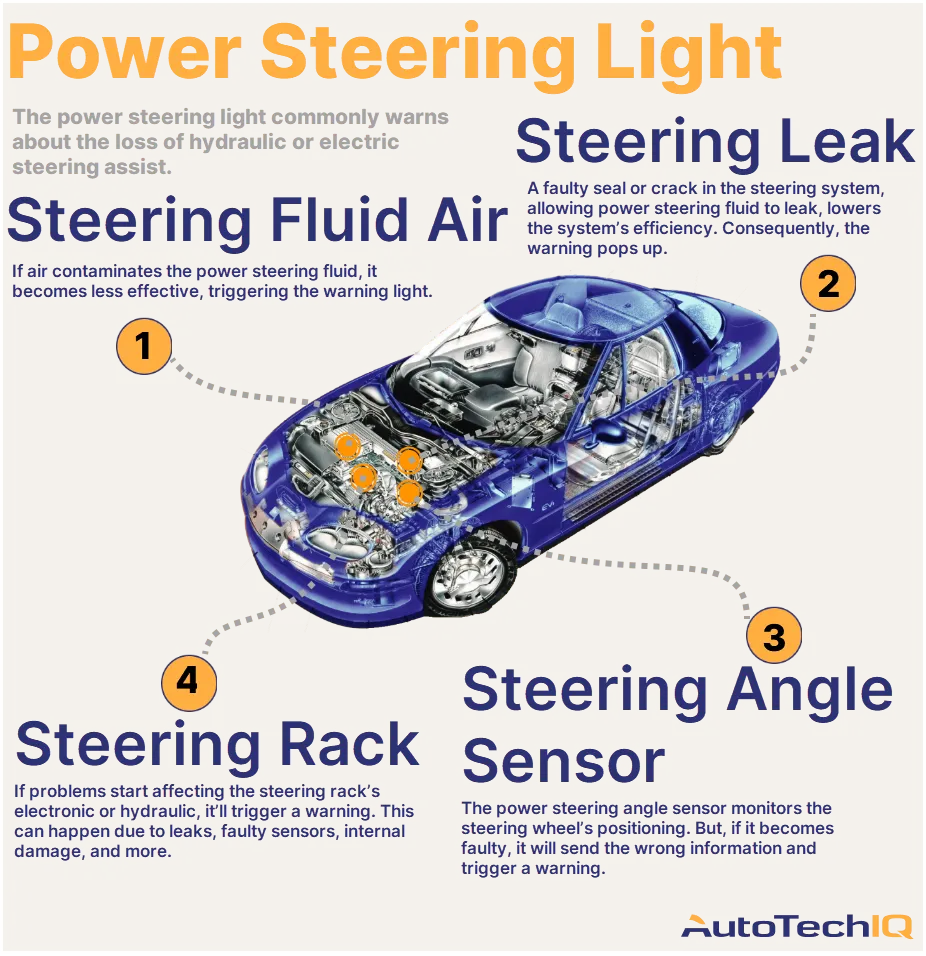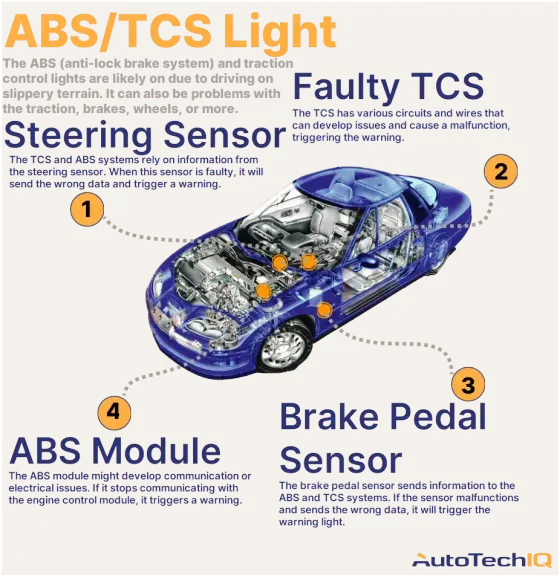
Are your ABS and Traction control lights on?
The ABS and traction control lights are likely on because you're driving on slippery terrain, and the car activated a "mode" to avoid slipping or losing control. However, damaged brake and steering system sensors could send incorrect signals, causing the light to stay on continuously. Another possibility is problems with traction or brakes, such as low brake fluid.
Watch out: Don't ignore those flashing ABS and traction control warning lights on your car's dashboard. They indicate that something is wrong with your vehicle's braking system, requiring immediate attention. The sooner you take action, the better, as the damage could become more severe, leading to costly repairs.
What is the ABS light?
The ABS light is an icon that shows up on the vehicle’s dashboard. When it pops up, it usually indicates that the vehicle’s ABS (Which is a braking technology) is active; this technology only kicks in during hard braking. So, it typically shows up when you’ve pressed the brake pedal really hard and had to do a sudden stop.
Unfortunately, the ABS light on dthe ash might also appear to warn you that the ABS is faulty. So, watch out for if the light appears and never goes away; this is a common problem warning.
What is the Traction Control light?
The TCS, or Traction Control light, is an icon that lights up on your vehicle’s dashboard. It appears when your vehicle’s traction control (a technology that keeps your vehicle steady and comfortable while driving on the road, especially when making turns) is activated.
If the TCS icon is constantly lit in the dashboard, then you might have a problem. This is typically a warning that your traction control system is faulty and not working properly.

